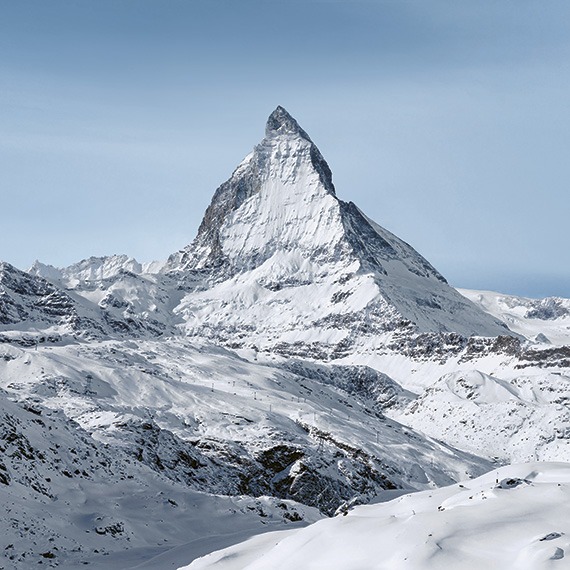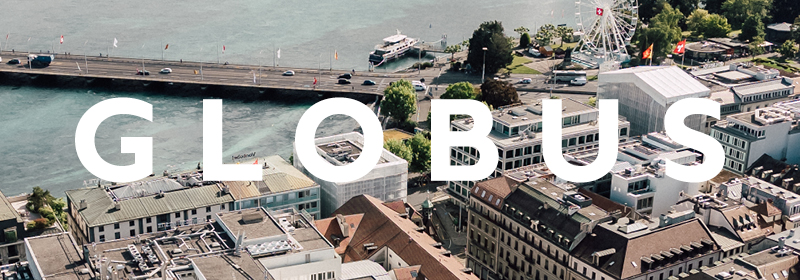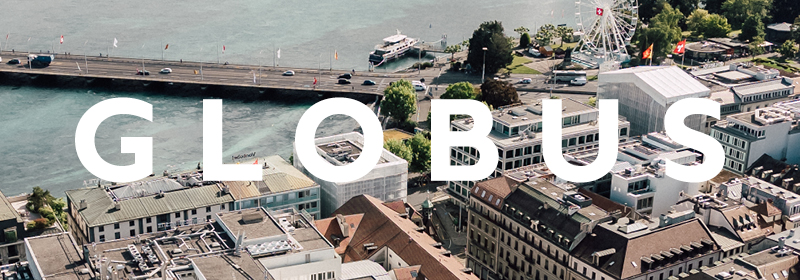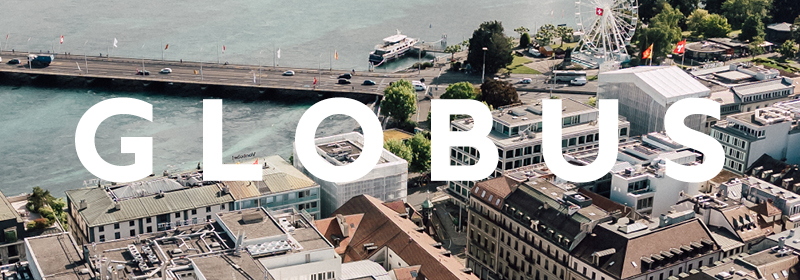
Didier Guzzoni
La grande aventure de Siri Inc.
He’s a modest man. “We always build on the shoulders of giants”, affirms Didier Guzzoni. His Wikipedia biography may only be a few dozen sentences, but it reveals an incredible journey that took him from the Genevan countryside to the summit of Silicon Valley’s avant-garde. And it’s all thanks to one application that revolutionized artificial intelligence: Siri.
It likely all started in childhood, when he walked in the forest, swam in Lake Geneva, fished, or spent time in the workshop with his grandfather, who was a watchmaker for Rolex. Young Didier was passionate about technology. He quickly outgrew Lego sets, preferring instead to take radios apart and find better ways to reassemble them. He also repaired mopeds, old motorbikes and eventually cars. By the age of 13, he was fascinated with computer science and robotics. To him, it was all a puzzle meant to fit together, driving him to master increasingly complex challenges that evoked an “almost overwhelming surge of creativity” as he stretched the limits of his scientific curiosity. He spent hours at the Madeleine Library scouring electronics books and enjoyed Sunday afternoon chess games in Bastions Park.
He went on to study electrical engineering at the Geneva State Engineering School and then studied computer science at EPFL, following his passions without ever leaving the shores of Lake Geneva. With a master’s under his belt, Didier began work on a voice-powered medical robotics application with an EPFL group. One year later, in 1997, he moved to Silicon Valley to join the Artificial Intelligence Center at SRI International, formerly the Stanford Research Institute, which had developed the On-Line System (NLS) — a graphical user interface — the mouse, and the internet.
The beginnings of artificial intelligence
In Menlo Park (just outside Palo Alto) during the internet boom, the collaborative projects never stopped, and Didier developed a “strong network of fellow geeks” who he collaborated with. At the same time, the building blocks of artificial intelligence began to take shape, led in part by American engineer Adam Cheyer and French computer scientist Luc Julia (who, as a child, had tried to build a robot that could make his bed for him).
In 2003, the American Department of Defence kicked off the CALO (Cognitive Assistant that Learns and Organizes) research project to improve military command systems using a cognitive assistant. The research also generated a host of civil and commercial applications of the concept.
In 2004, Didier returned to EPFL as a PhD student under Charles Baur, who had been his mentor for many years. Didier’s research combined years of experience from both Switzerland and California, resulting in his thesis: Active: A united platform for building intelligent applications. In other words, “how to create a common language between mankind and computers”. Didier co-founded Active Technologies shortly thereafter with American Tom Gruber and American-Norwegian Dag Kittlaus, who was the start-up’s CEO. The company quickly rebranded as Siri, “a little fairy that brings success in Scandinavian folklore”, explains Didier. It was the world’s first virtual personal assistant.
“As someone who is naturally curious and technical, I’ve always been driven by the desire to design and build machines”, says Didier. “Technology unites both in the same environment and, when combined with natural discipline, enabled me to pursue my passions. Then we wanted to share, popularize and explain our ‘art’, which is what inspired us to push AI out of the lab so it could reach as many people as possible.”
“We knew it was possible and that it was going to happen, with or without us. We had a chance to be the first ones to do it on a large scale.” How? Thanks to the app distribution system already put in place by another tech pioneer: Apple. In February 2010, the app was listed for free on the App Store. A few days later, the creator of the personal computer — Steve Jobs himself — contacted the team personally. “It was a huge privilege to meet him”, reminisces Didier, and in April of that year, Apple bought Siri. Didier and his team were put in charge of integrating the software into the iPhone 4S.
Between two space-times
Today, Didier Guzzoni’s life is split between the two worlds of California and the Canton of Vaud. On the US West Coast, Siri continues to flourish, becoming more and more ingrained in the lives of everyday people. In Mont-sur-Rolle Switzerland, the researcher keeps his feet on the ground by serving as the town council President. “There is absolutely nothing like going from a meeting with my colleagues in Silicon Valley to meeting with my Swiss winemaker friends just 15 minutes later”, laughs Didier.
But what does the future hold? What does Didier think about the public’s concerns that a vastly superior artificial intelligence that could use its super efficiency, rationale, and lack of emotion to completely replace humanity? “I’ve always thought of AI as an intermediary between man and machine. It’s a fantastic assistant for us, not a replacement of us”, specifies the researcher. “I always use the example of Major Sullenberger, who successfully completed an emergency landing of a US Airways airplane on the Hudson River in 2009 (Editor’s note: this is the story behind the film Sully, starring Tom Hanks). While AI could have never made that decision, the pilot said he could not have achieved that landing without help from the Airbus’ guidance systems. When the machine works together with mankind, the result is a stronger, more robust system. The same can also be said for medical image analyses”, adds Didier.
“Finally, we need to be clear about what our expectations are. AI is very powerful in certain niches, but it doesn’t have good general intelligence yet. The best AI that’s specialized in chess doesn’t know how to play checkers. It’s like computer scientist Andrew Ng said: ‘Worrying about evil AI killer robots today is a little bit like worrying about overpopulation on the planet Mars.’”


















